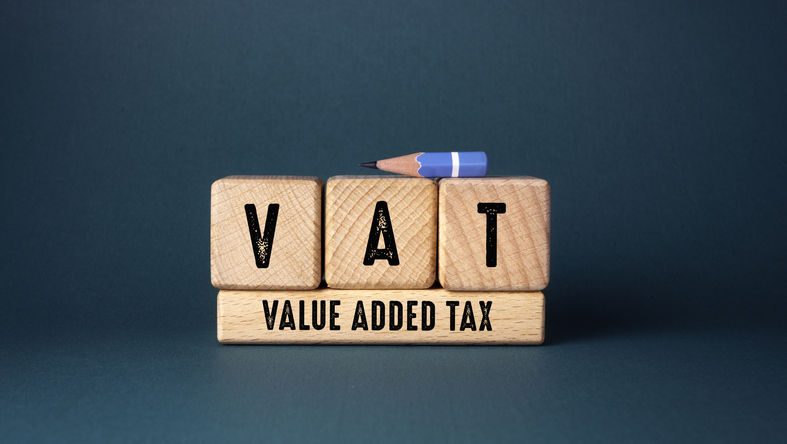Business rates were estimated to be worth over £27 billion to the UK economy this year. However, these additional taxes for non-residential properties have been accused of driving start-ups out of London, or even out of business. To remedy this, the former Chancellor of the Exchequer George Osborne had planned to introduce changes at the Business Rates Review next year. Over a month after Osborne left the cabinet, his successor Philip Hammond has said nothing on the subject, while 300,000 rates appeals from businesses remain unaddressed. But will any potential changes be enough to quiet the discontent among London’s start-ups, whose numbers have dropped this year around Old Street’s ‘Tech City’?
How are business rates calculated?
Business rates vary from property to property. They are determined by multiplying the rateable value of the property by a location-based multiplier set by the Valuation Office Agency. The changes will mean businesses with a valuation of £12,000 or below will pay no business rates as of 2017, while those with a valuation of between £12,000 and £15,000 will be given tapered relief.
These changes are expected to save over 600,000 small businesses up to £6,000 a year.
Although the promise of rates relief has been welcomed by many, it has also been criticised by start-ups in the capital, where office space is at a premium, who argue that the way they are currently calculated is unfair and that the rates should be based on turnover rather than property size.
In other words, there are small businesses in London that aren’t being appropriately classed by the business rates system, therefore not getting the tax exemptions they ought to be entitled to.
The problem with business rates in London
There are slight differences to the way these rates are calculated for businesses in London compared with elsewhere in the country. Companies based in the capital are classed as a small businesses if their property has a rateable value of below £25,500, rather than £18,000 in the rest of the UK.
London-based businesses already have to contend with a myriad of other costly issues. Not only is the commercial value of property higher in London than the rest of the UK, but rents are too. They look set to rise by a further 13 per cent by next year, making the cost of the average employee, when you factor in office space and wages, £15,000 more per year for London businesses.
How London’s businesses are fighting back
Many companies are taking a calculated approach, even making alterations to their office space in order to save their business rates. But what does all this mean for London start-ups? Move all the workforce to Starbucks? Or worse, Luton?
Not necessarily. The capital’s small businesses are finding new, alternative ways of working. In a guide to “surviving the sky high London office prices,” one serviced office provider in London suggests that the flexibility of trends like hot desking or co-offices can actually make staff more productive.
Statistics seem to back up this line of thought. Research by The Work Foundation predicts that in 2017 over half of the organisations in the UK will adopt flexible working reducing the need for expensive traditional offices. Aside from the financial benefits for employers, it’s also good news for employees who find flexible working improves their health and productivity.








